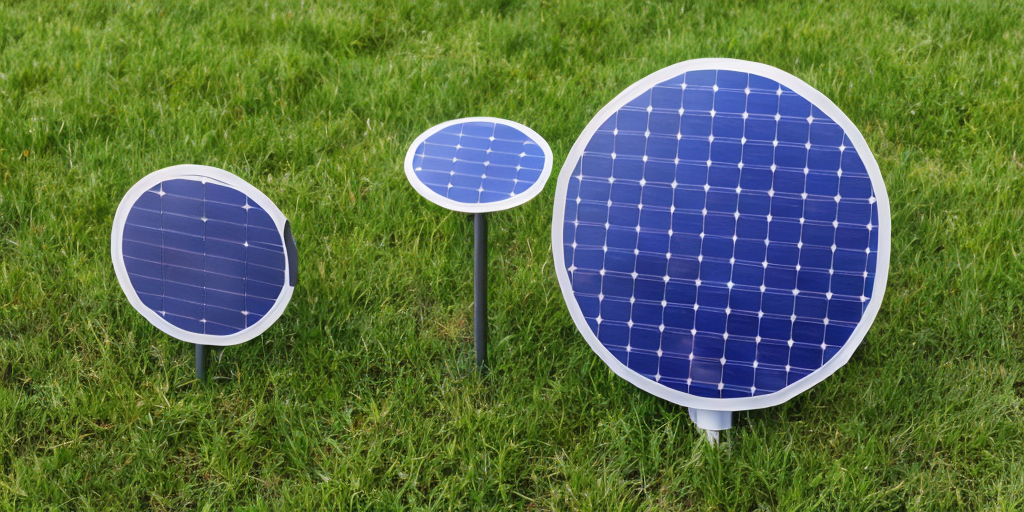How do I design a large solar system that spans many buildings across a few km?
If I search the internet for guides on how to design a photovoltaic solar system, the results are saturated with how to build a small setup (eg for a car or caravan) or a “large” setup (eg just for 1 building).
But how do I get information on how to build an off-grid system that spans many buildings? What keywords can I even search-for that describe this type system to find such resources?
The general specifications are:
- A community of ~300 people,
- Spanning ~10 buildings,
- Each building is located 10-100 meters apart, and
- Each building’s roof has up-to 20 kW of PV panels
The main questions that I’d like clarified revolve around how to tie the systems together. Should the batteries be stored in one building or distributed? Where should DC be converted to AC? If I end-up with >100 kW and want to power heavy machinery, how many volts should the system be? What are the trade-offs in all of these decisions?
Most importantly: what do you “call” these systems, and how can I find documentation and guides on how to build PV solar grids that span multiple buildings across a medium-sized community of tens of hectares.
You’re not talking about building a solar power system, you’re talking about building a bunch of them and DIYing your own power grid.
You need a degree in electrical engineering to do this properly.
I know everybody in this community knows what you mean, but I just want to say, coming across your post in unfiltered “world” mode, the phrase “design a large solar system” totally threw my brain out of gear.
Are they talking about a sci-fi role-playing game? Is this some astronomy jargon? What the heck am I reading?
Well, the title was mostly a take from this post:
But I guess I should have said a “PV system”? Or do you have a better name?
Oh, no! I wasn’t suggesting anyone change their terminology. I just thought the cognitive dissonance was funny. Confused the heck out of me for several seconds.
Microinverters can make this pretty easy if you are going to be grid tied. They are worth learning about.
If you are going to use batteries and not be grid tied you might look into microgrids or maybe community grids.
If it were me and I understand correctly I would probably not tie the systems together.
We’re not looking to be tied to a grid outside the community. Do you have any links to recommended resources to learn more about microgrids and/or community grids?
If it were me and I understand correctly I would probably not tie the systems together.
Well, the loads of the buildings are different, so tieing them together would be very beneficial. For example, one building is a workshop with lots of power tools and heavy machinery and some other buildings (with equal sq meter rooftops) are residential (with less energy requirements)
Nothing really beyond Google. It returns some good info from nrel which I would trust.
I would install solar for the loads I wanted to support. I think the panels are cheaper than the wire used to connect them together.
There was a YouTuber that used to do this but I can’t find him anymore. He had a shop in which he ran the power tools off 90vdc straight from the panels. He said when you were using the table saw and the sun went behind a cloud you would have to slow down a little bit. He ran his refrigerator off of a separate panel and it only ran during the day.
He had a nickel iron battery for things like lights at night.
The heavy machinery that I am familiar with runs on 3-phase 460VAC. This project sounds complex enough that you should factor in hiring an electrical engineer.



